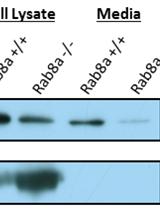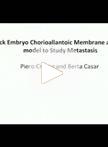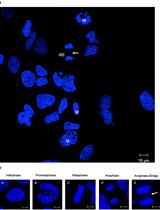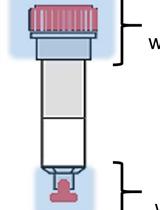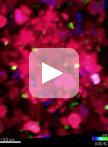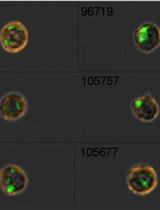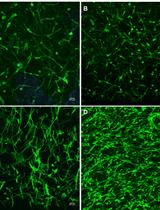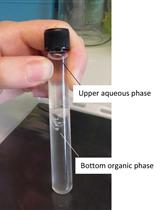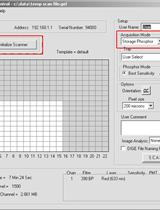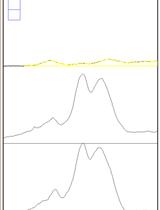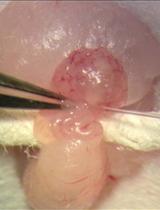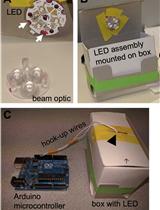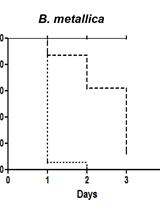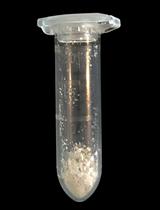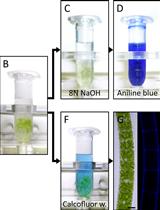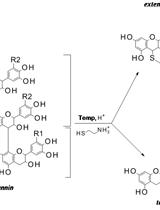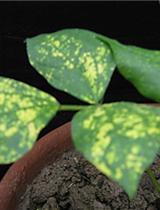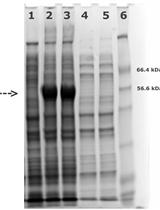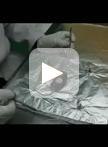往期刊物2016
卷册: 6, 期号: 20
生物化学
Detection of Wnt5 in Media Conditioned by Mouse Embryonic Fibroblast
检测小鼠胚胎成纤维细胞调节培养基中的Wnt5
癌症生物学
The Chick Embryo Chorioallantoic Membrane as an in vivo Model to Study Metastasis
基于鸡胚绒毛尿囊膜的体内癌症转移模型
Detection of Anaphase Bridge Formation by Immunofluorescence Microscopy in Mammalian Cells
采用免疫荧光显微技术检测哺乳动物细胞分裂后期桥的形成
Cell Surface Protein Detection to Assess Receptor Internalization
细胞表面蛋白检测法检测受体的内化
In vivo Imaging of Tumor and Immune Cell Interactions in the Lung
肺内肿瘤细胞与免疫细胞反应的体内成像
Quantification of Tumor Material Uptake
肿瘤物质摄取的量化
细胞生物学
A 3D Culture System of Human Immortalized Myometrial Cells
人永生子宫肌层细胞的三维培养系统
免疫学
Lipid Extraction from HeLa Cells, Quantification of Lipids, Formation of Large Unilamellar Vesicles (LUVs) by Extrusion and in vitro Protein-lipid Binding Assays, Analysis of the Incubation Product by Transmission Electron Microscopy (TEM) and by Flotation across a Discontinuous Sucrose Gradient
以HeLa细胞研究蛋白质和膜相互作用的一系列方法:脂质提取和气相色谱定量;挤压法制备大单室脂质体(LUV);蛋白质和脂质体外孵育;采用透射电子显微镜(TM)和浮式离心法在不连续蔗糖梯度范围分析蛋白质和脂质互作;
Ear Inflammation and Whole-mount Ear Staining
耳部炎症和耳部整体染色
PKC-θ in vitro Kinase Activity Assay
PKC-θ激酶体外活性试验
Assessment of TCR-induced Sumoylation of PKC-θ
评估TCR诱导的PKC-θ类泛素化(Sumoylation)修饰
分子生物学
Generation of Mitochondrial-nuclear eXchange Mice via Pronuclear Transfer
通过原核移植生成线粒体-细胞核置换小鼠
神经科学
Artificial Optogenetic TRN Stimulation of C. elegans
人工光基因刺激线虫触觉神经实验
Evaluation of Burkholderia cepacia Complex Bacteria Pathogenicity Using Caenorhabditis elegans
利用秀丽隐杆线虫评估洋葱伯克霍尔德菌复合体的致病性
植物科学
Rapid Determination of Cellulose, Neutral Sugars, and Uronic Acids from Plant Cell Walls by One-step Two-step Hydrolysis and HPAEC-PAD
采用一步两步式水解法和HPAEC-PAD快速测定植物细胞壁的纤维素、中性糖和糖醛酸
Aniline Blue and Calcofluor White Staining of Callose and Cellulose in the Streptophyte Green Algae Zygnema and Klebsormidium
采用苯胺蓝和Calcofluor White对绿藻类双星藻属和克里藻属的胼胝质和纤维素进行染色
Determination of Molecular Structures of Condensed Tannins from Plant Tissues Using HPLC-UV Combined with Thiolysis and MALDI-TOF Mass Spectrometry
采用HPLC-UV 结合硫解和MALDI-TOF质谱的方法测定植物组织中缩合单宁的分子结构
Mungbean Yellow Mosaic India Virus (MYMIV)-infection, Small RNA Library Construction and Deep Sequencing for MicroRNA Identification in Vigna mungo
黑吉豆中的绿豆黄化花叶印度病毒(MYMIV)感染、sRNA库建立和鉴定microRNA的深度测序
Heterologous Expression and Purification of Catalytic Domain of CESA1 from Arabidopsis thaliana
拟南芥CESA1催化结构域的异源表达和纯化
干细胞
Experimental Liver Fibrosis and Intrasplenic Transplantation of CD45+ Bone Marrow Cells
通过CD45+骨髓细胞的脾内移植来实验性治疗肝纤维化


